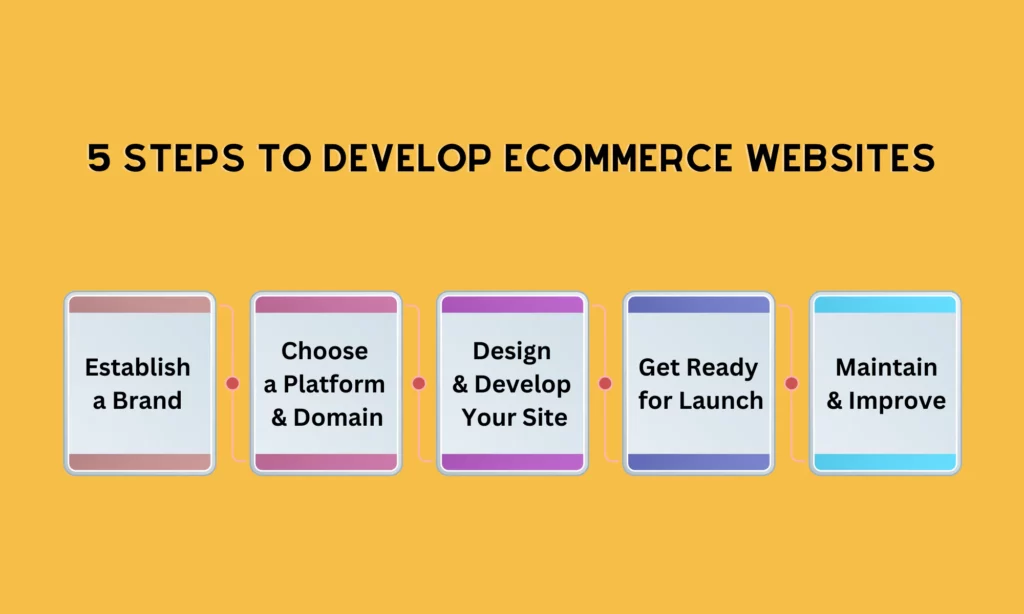
- February 6, 2025
- wallahleads@gmail.com
- 0
Do you want to start an e-commerce site but don’t know where to begin? Are you curious about the steps involved before launching your online store? Here’s a comprehensive guide to designing an e-commerce website efficiently.
10 Essential Steps to Designing an E-commerce Website
1. Determine Your Industry and Niche
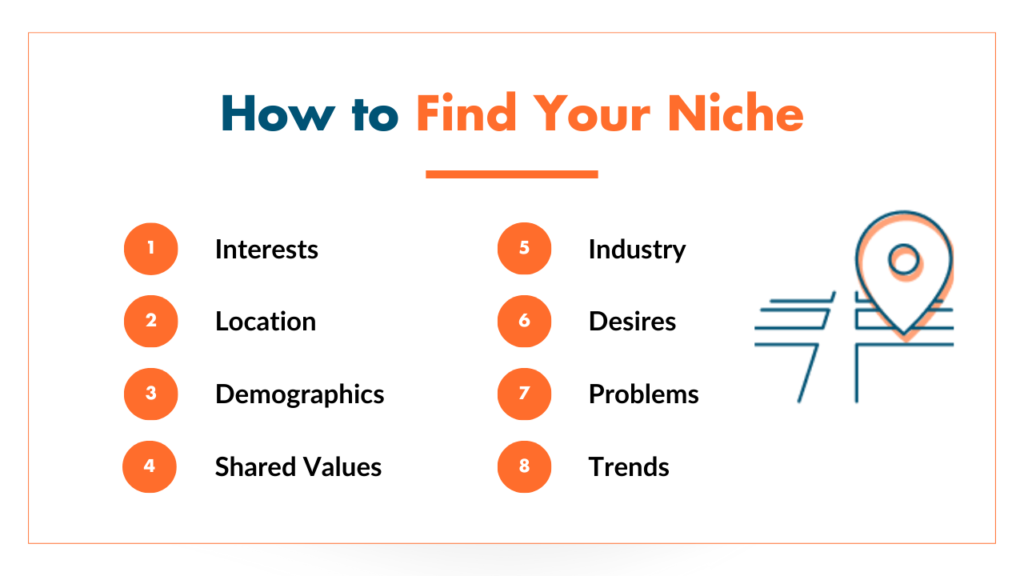
Start by identifying the industry and type of products you want to sell. If you’re launching an e-commerce business, you likely already have an idea of what you want to offer. Choose a niche that aligns with your interests and has market demand.
2. Analyze the Competition
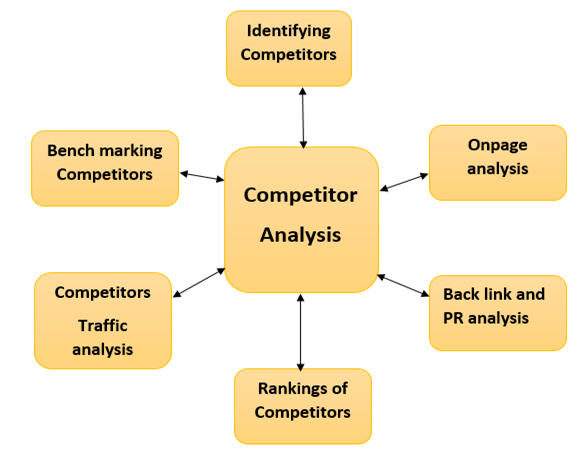
Once you’ve defined your industry, conduct a thorough market analysis. Identify your competitors, assess their marketing strategies, and analyze their customer engagement methods. Understanding their strengths and weaknesses will help you create a unique value proposition. Define your target audience’s demographics, including age, gender, and shopping habits.
3. Create a Detailed Plan
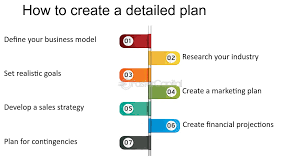
Before developing your website, outline a structured plan, including:
Desired features and functionalities
Website structure and number of pages
Insights from your market research This will help service providers understand your competitive landscape and offer valuable guidance.
4. Build a Product Catalog
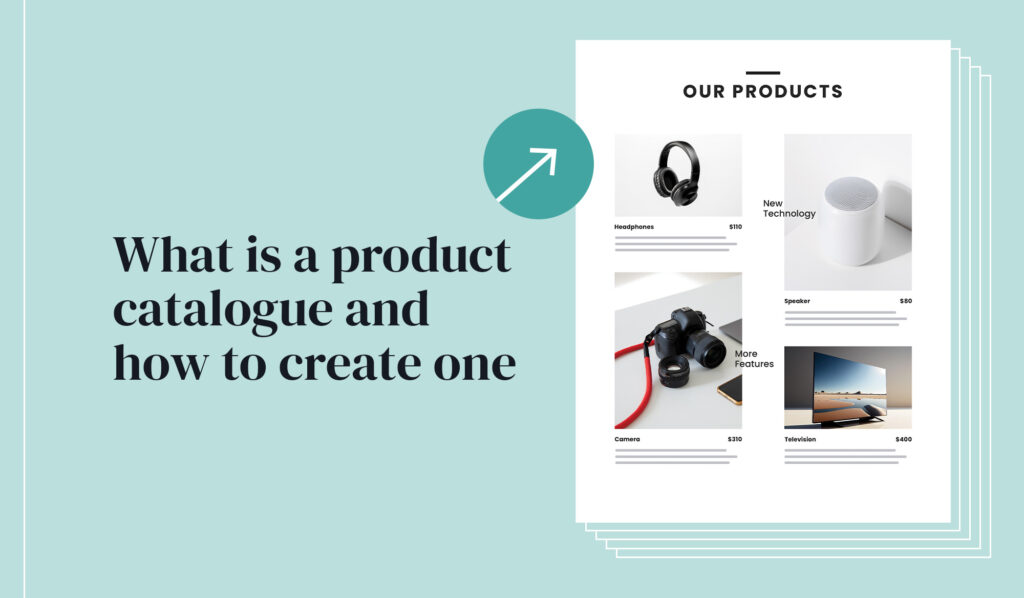
A product catalog is crucial for an e-commerce business. Contact suppliers to gather product details, including descriptions, images, and pricing. Having an organized product file will streamline the import process into your e-commerce platform.
5. Choose Payment Methods
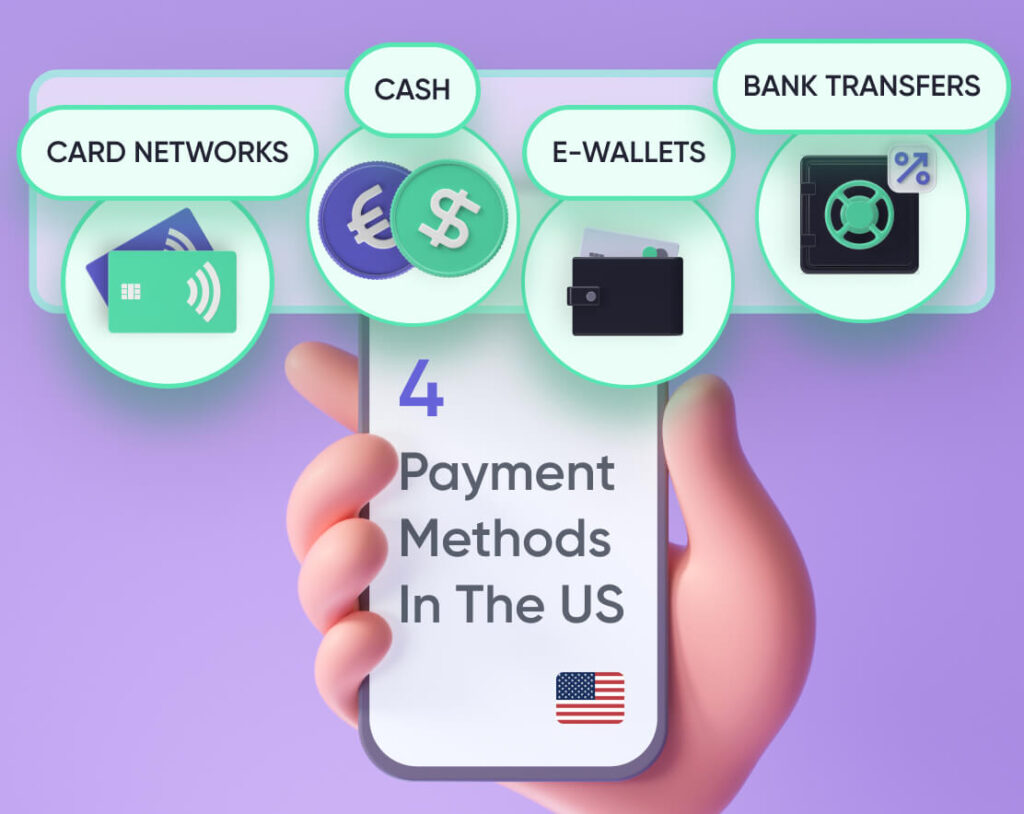
Selecting payment options is a key step. Your site should offer multiple payment methods to accommodate customer preferences. Most successful e-commerce stores provide at least three different payment options to cater to diverse audiences.
6. Select Delivery Methods
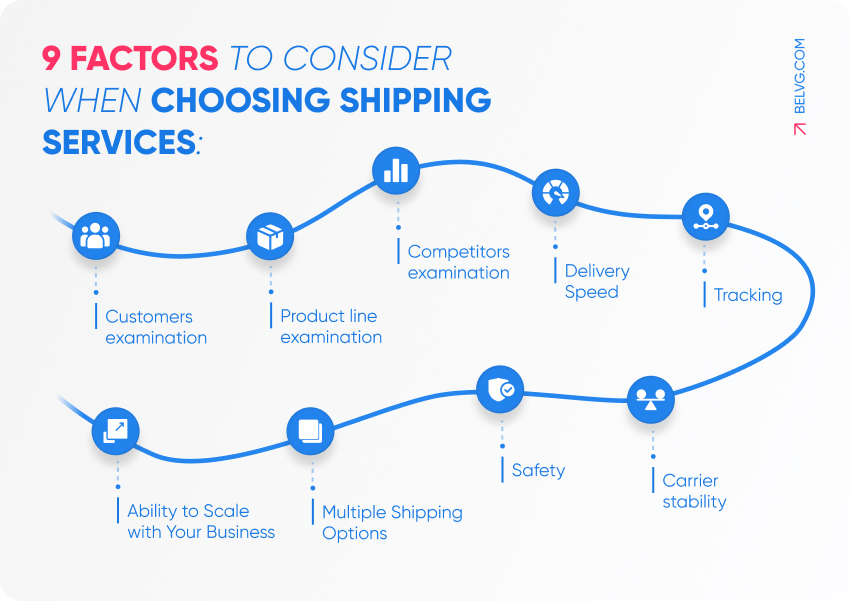
Decide on the shipping options you’ll offer. Consider factors like:
Home delivery vs. pickup points
Shipping costs compared to competitors
Customer expectations regarding shipping time and fees High shipping costs can deter potential buyers, so ensure your pricing remains competitive.
7. Find a Reliable Service Provider

If you’re not building the website yourself, hire a skilled service provider—whether a freelancer, agency, or in-house developer. Check their portfolio and reviews to ensure they have expertise in e-commerce development.
8. Write Engaging Product Descriptions

Product descriptions not only sell your products but also improve search engine rankings. Ensure each product listing is detailed, engaging, and optimized for SEO to enhance visibility and conversions.
9. Develop Quality Website Content
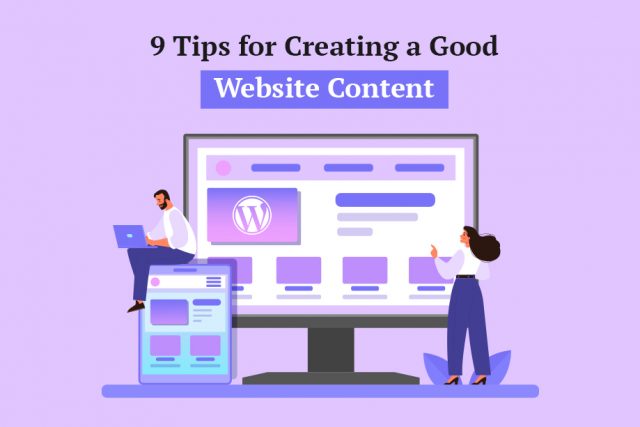
Apart from product pages, your website should have informative sections like:
About Us: Builds trust by showcasing your brand’s mission and values.
Shipping & Returns: Clearly explains policies to avoid customer confusion.
Blog & SEO Pages: Helps drive organic traffic by covering industry-relevant topics.
10. Launch Your Website

Finally, it’s time to go live! But the work doesn’t stop here. After launching, focus on:
Managing orders and payments
Responding to customer inquiries
Gathering reviews and feedback
Running promotions
Enhancing SEO and social media presence
Conclusion
Starting an e-commerce website requires strategic planning, but with the right approach, you can build a successful online store. At Leadswallah, we specialize in ecommerce solutions that help businesses grow. Need expert assistance in launching your online store? Contact us today and let’s bring your vision to life!

